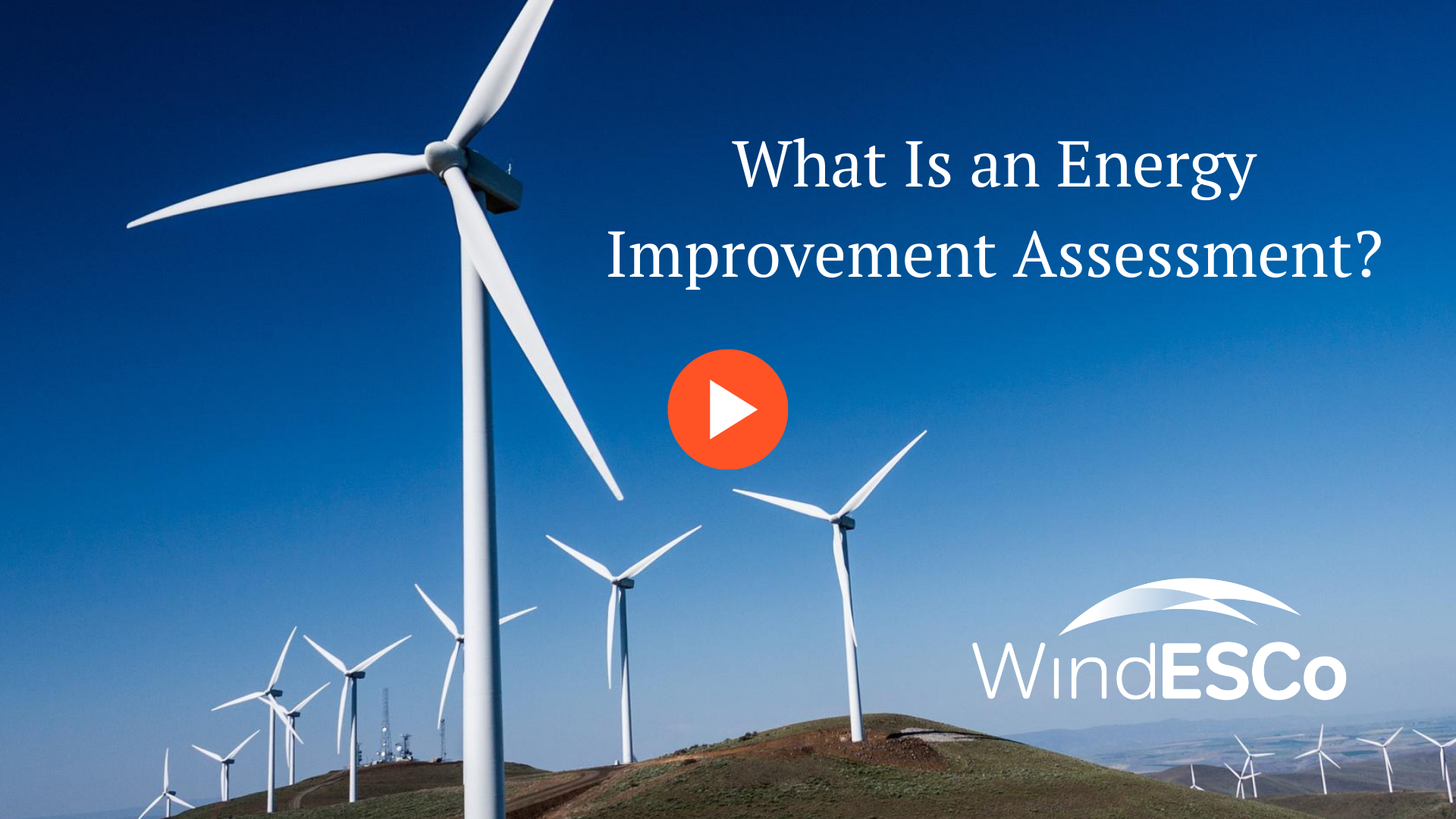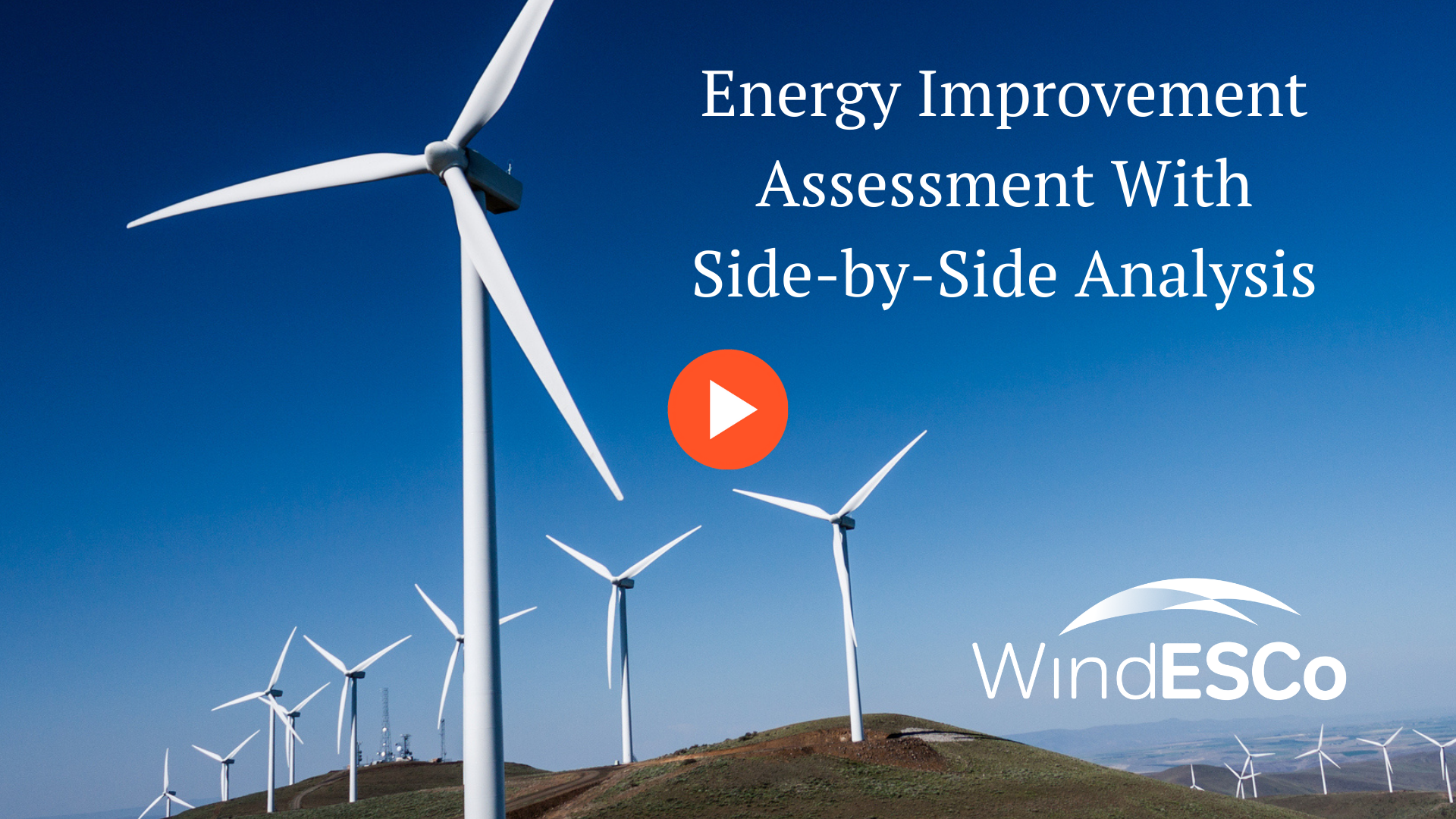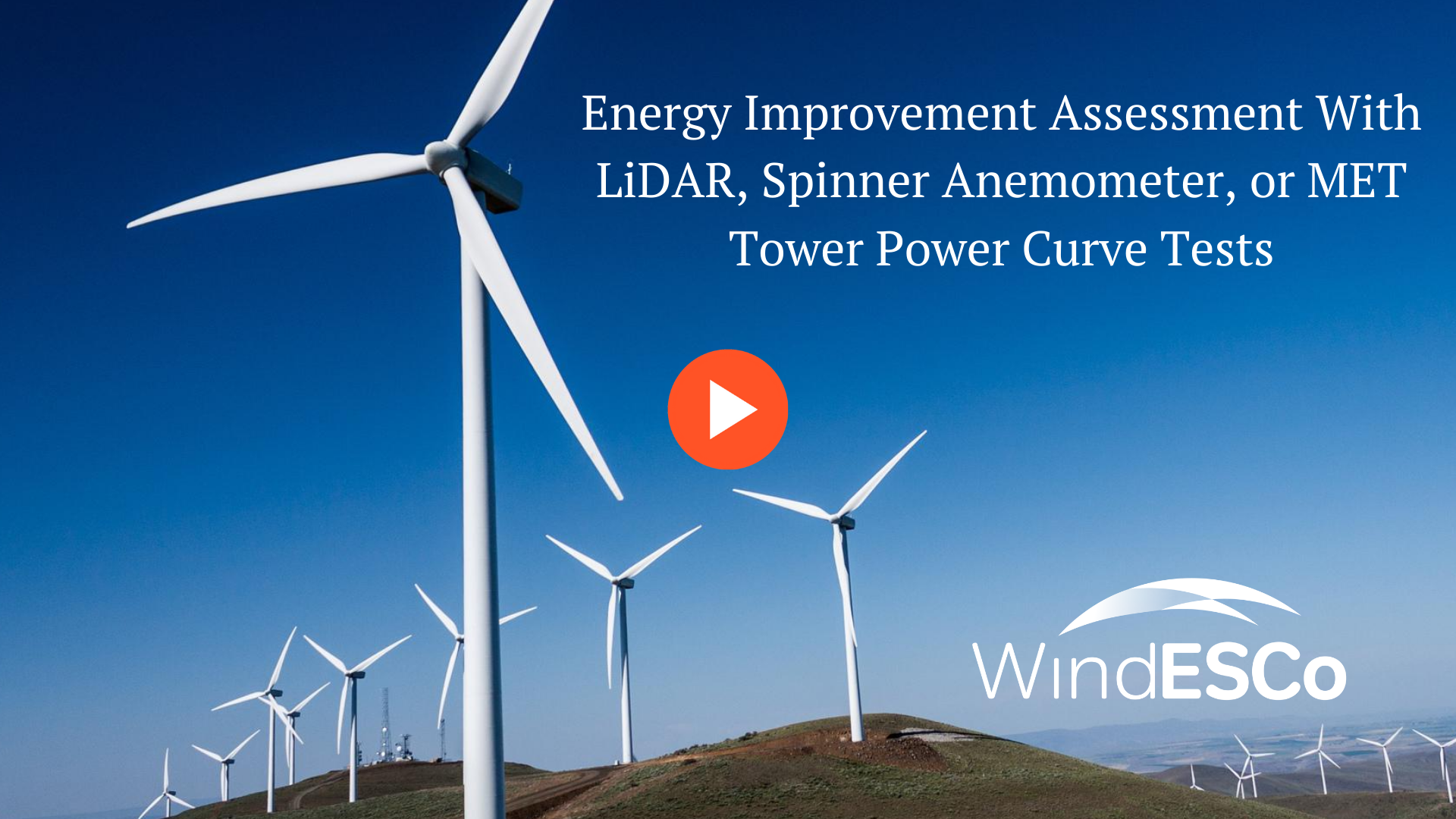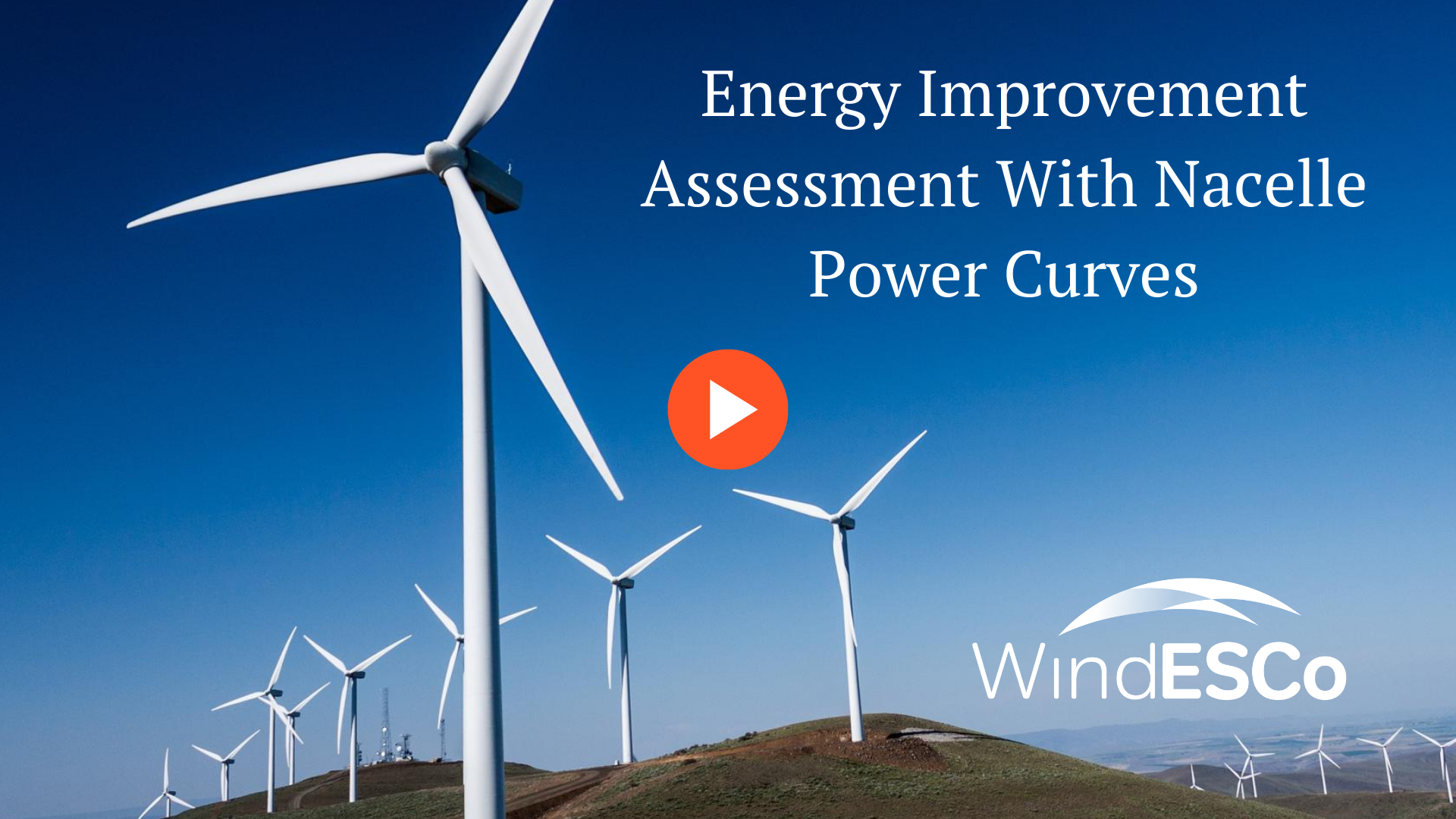Energy Improvement Assessment With Side-by-Side Analysis
Welcome back to our series looking at methodologies for assessing the energy improvement from wind turbine upgrades. In previous videos, we’ve shown...

In every wind plant, operators are looking to maximize turbine performance to increase their AEP and their top-line revenue number. There are countless methods to optimize turbine performance, including OEM and third-party power curve upgrade solutions. Something as simple as washing turbine blades will have an impact on performance.
No matter which solution you choose to implement, you need to assess the change in performance in your wind plant to quantify your return on investment (ROI).
Ideally, we could compare power output before and after an upgrade was made to quantify changes in performance. Unfortunately, it's not that simple. Wind is constantly changing. You cannot account for variables such as wind speed, direction, shear, veer, air density, and turbulence when comparing two inputs. All of these factors affect turbine performance, so the inability to take them into account creates a blind spot and makes it impossible to assess changes in performance accurately.
Two main methods were specifically designed to measure wind turbine performance changes and account for the variable nature of wind:
There are definitive challenges to measuring your power improvement. Even so, we still believe that all wind plants should perform an energy improvement assessment when you invest in a turbine upgrade. Therefore, it's essential to understand the elements of a sound measurement method. Any sound methodology should be:

Welcome back to our series looking at methodologies for assessing the energy improvement from wind turbine upgrades. In previous videos, we’ve shown...

Welcome to the next installment in our search for an accurate, cost-effective, and reproducible method to assess the energy improvement from wind...

In our last video, we laid out the basic requirements for a successful methodology to assess the energy improvement from wind turbine upgrades: ...